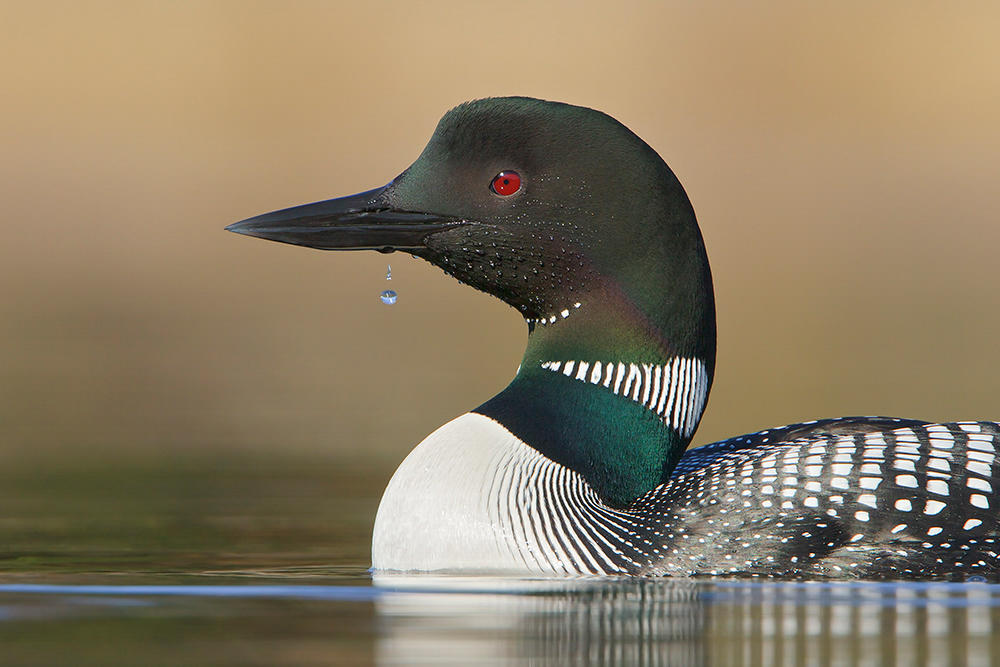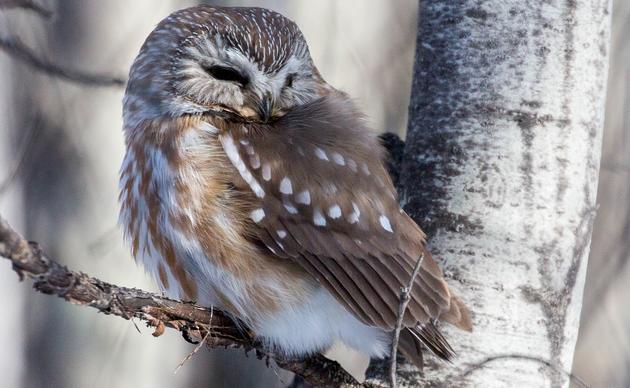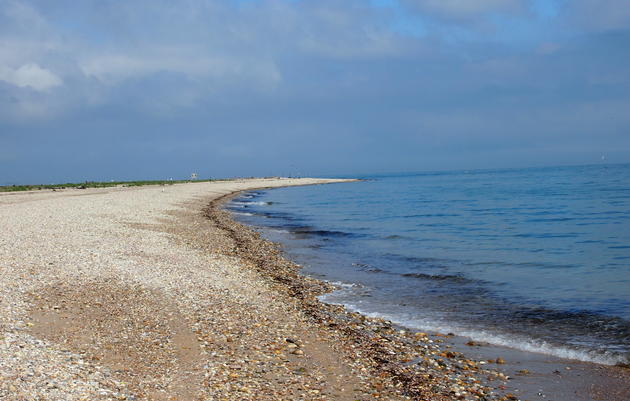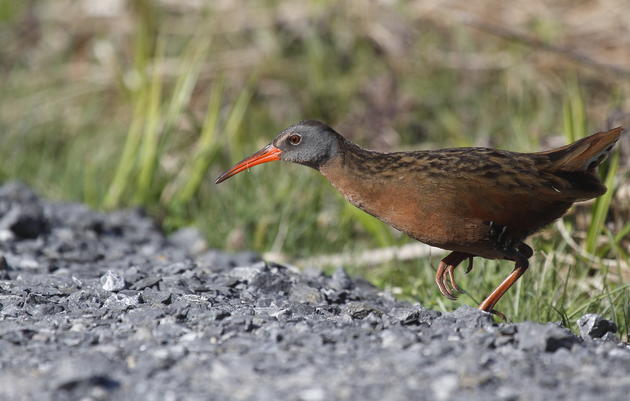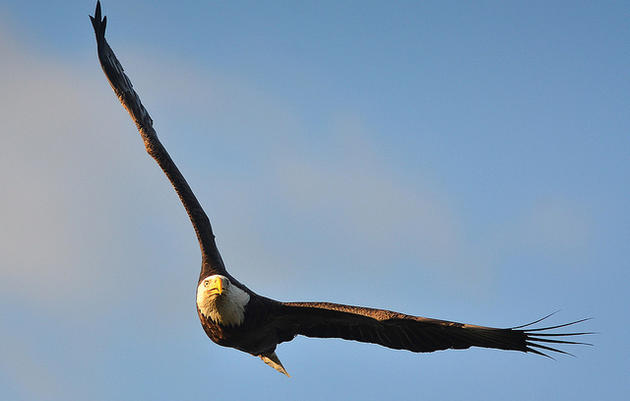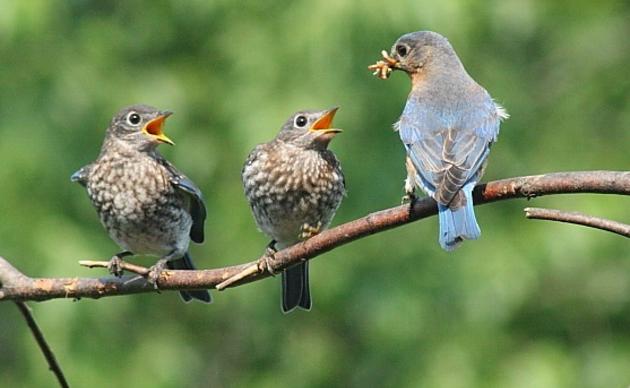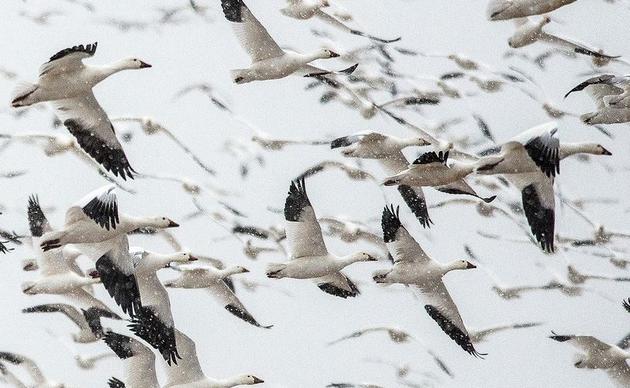Climate change is one of our greatest conservation challenges and has become one of the leading threats to birds and other wildlife in New York and across the nation. In September 2014, the National Audubon Society released a comprehensive climate change report, Birds and Climate Change, which projects that nearly half of North American birds (314 species) could be negatively impacted by the effects of climate change, leaving them with an uncertain future.
Recognizing the need to act now to safeguard the environment for the people and wildlife of New York State, Governor Cuomo, with support from the New York State Public Service Commission, ratified the most comprehensive and ambitious clean energy mandate in the state's history. New York’s Clean Energy Standard will require 50 percent of New York State’s electricity be obtained from renewable sources by 2030, with an aggressive phase in schedule over the next several years. By 2030, the 50 percent renewable mandate will be a critical component in reducing greenhouse gas emissions by 40 percent (from 1990 levels) and by 80 percent by 2050.
Audubon New York has been, and continues to be, a leader in the fight to mitigate and adapt to a changing climate. We thank Governor Cuomo and the State Public Service Commission for taking concrete steps towards a sustainable and pollution-free energy future for New York State. We look forward to working with the administration and others to achieve these targets while ensuring the proper siting and development of new energy projects to avoid avian and important habitat impacts.
More about Audubon New York's Climate Work
Shaping a Healthy Climate & Clean Energy Future
Climate change is the number one threat to bird populations in North America today.
Combating Climate Change
Addressing climate change continues to be one of New York's greatest conservation challenges.
Donate to Audubon
Help secure the future for birds at risk from climate change, habitat loss and other threats. Your support will power our science, education, advocacy and on-the-ground conservation efforts.

